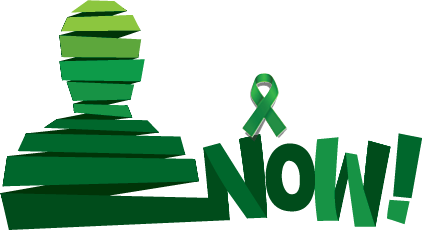Vietnam Memorial Recalls Massacre By Korean Troops
By Dean Yates
HANOI, Jan 20, 2000 (Reuters) - In central Vietnam's Binh Dinh province stands a large gravestone with 1,004 names etched in the granite: victims, local officials say, of mass killings by South Korean troops during the Vietnam War.
The locals say 1,000 people, mainly civilians, died in the six-week rampage in early 1966 and 380 of those died in one day.
Now a Korean journalist who has spent several months documenting harrowing accounts from Binh Dinh says it's time Seoul apologized for the brutality of its troops and paid compensation to victims.
Ku Su-Jeong, who works part-time for South Korea's Hankyoreh21 magazine, plans to give a speech on her findings next month at a human rights conference on Korea's Cheju island, just before the 25th anniversary of the end of the war in April.
Ms. Ku stumbled upon the gravestone while doing research on Seoul's involvement in the war, and began interviewing victims whose stories invoked memories of an infamous massacre of Vietnamese by U.S. troops at My Lai village two years later.
Ms. Ku hopes her paper will draw attention to the issue, although an article she wrote for her magazine last May drew only a muted response from Korean veterans, who insisted it was unclear whether civilians had been killed in Binh Dinh.
"South Koreans must know about these massacres. They cast shame on us and we have a duty to apologize," Ms. Ku said.
During the Vietnam War, Seoul wholeheartedly supported U.S.-backed South Vietnam, afraid that Washington might withdraw American troops stationed in South Korea.
About 300,000 Korean troops fought in the war, and they had a fearsome reputation among ordinary Vietnamese.
Three local officials, including one who said he survived the alleged killings, spoke at length about the events in Binh Dinh.
The officials, who declined to be identified, said that in early 1966, Korean troops entered what was then the Binh An commune, a collection of villages within Tay Son district that they believed was a Viet Cong stronghold.
The Koreans were intent on flushing out opposing forces, but civilians bore the brunt of their actions, the officials said.
An official at Tay Son's Communist Party history unit said the attacks began in early 1966 and culminated in a massacre of 380 people on Feb. 26, 1966, at a place called Go Dai.
"They [the Korean troops]herded people up onto the hill, shot them and threw grenades," he said.
"In some cases they tied old men up . . . until they died. They tore children apart and threw their [limbs]onto trees," he said, adding that some Viet Cong were also killed.
The Korean troops threw some bodies into an existing 500- to 650-foot-long trench, the official said. Survivors later buried most of the rest of the dead.
The names of those who died at Go Dai, along with other known victims of the six-week killing period, were carved on the gravestone, the official said. The number totaled 1,004.
"There has been a lot of propaganda about this in the area, but because no correspondents witnessed it; I think that is why no one outside knows about it," he said.
One local official who said he survived the attacks reported that the main victims were women, children and the elderly.
"It was all part of a Korean campaign called 'Burn all, destroy all and kill all.' They aimed to clear the whole area, which is why they killed old people and children." They also killed cattle, burned houses and [rice]paddy, he said.
A People's Committee official in Tay Son district also confirmed the details, saying 1,200 people were killed.
A government official in Hanoi said central authorities had later investigated what happened at Binh Dinh and compiled detailed reports, which showed more than 1,000 people were killed during the period, about 380 of them at Go Dai.
However, when asked for comment and to confirm the alleged killings, Vietnam's foreign ministry said it did not want to dwell on the matter.
"South Korean troops committed crimes against Vietnamese people. With humanitarian and peaceful neighbourly traditions, it is Vietnam's policy to close the past, . . ." the ministry said in a statement in response to questions.
South Korea's embassy in Hanoi has declined to comment on the general issue of Korean actions during the Vietnam War.
Accounts of killings by South Korean troops in Binh Dinh come not long after Seoul launched a probe into allegations of a massacre by U.S. soldiers at a village on its own soilin the early days of the 1950-53 Korean War.
Villagers and U.S. veterans were quoted as saying hundreds of innocent people were killed at No Gun Ri.
Professor Chun Kyung-soo at Seoul National University, who has spent years researching the role of Korean troops in Vietnam, feels there is a double standard.
"This issue [of Korean actions in Vietnam]has long been very sensitive in Korea," Professor Chun said.
Publicity about alleged Korean massacres during the Vietnam War stands in sharp contrast to the events on March 16, 1968, when U.S. troops commanded by Army Lt. William Calley entered My Lai village and gunned down 500 civilians.
That massacre reverberated around the world when it was exposed and became synonymous with the horror of the conflict.
On a visit to Hanoi in 1998, South Korean President Kim Dae-jung expressed regret over Korean actions in the Vietnam War, but he did not apologize.
